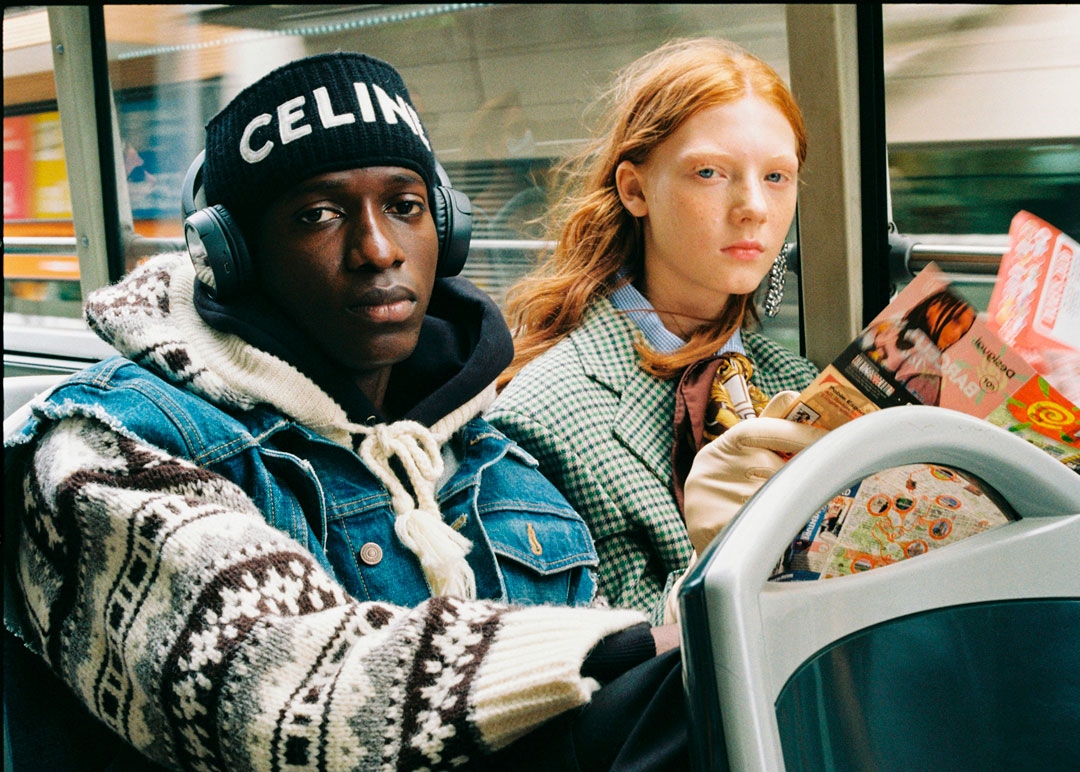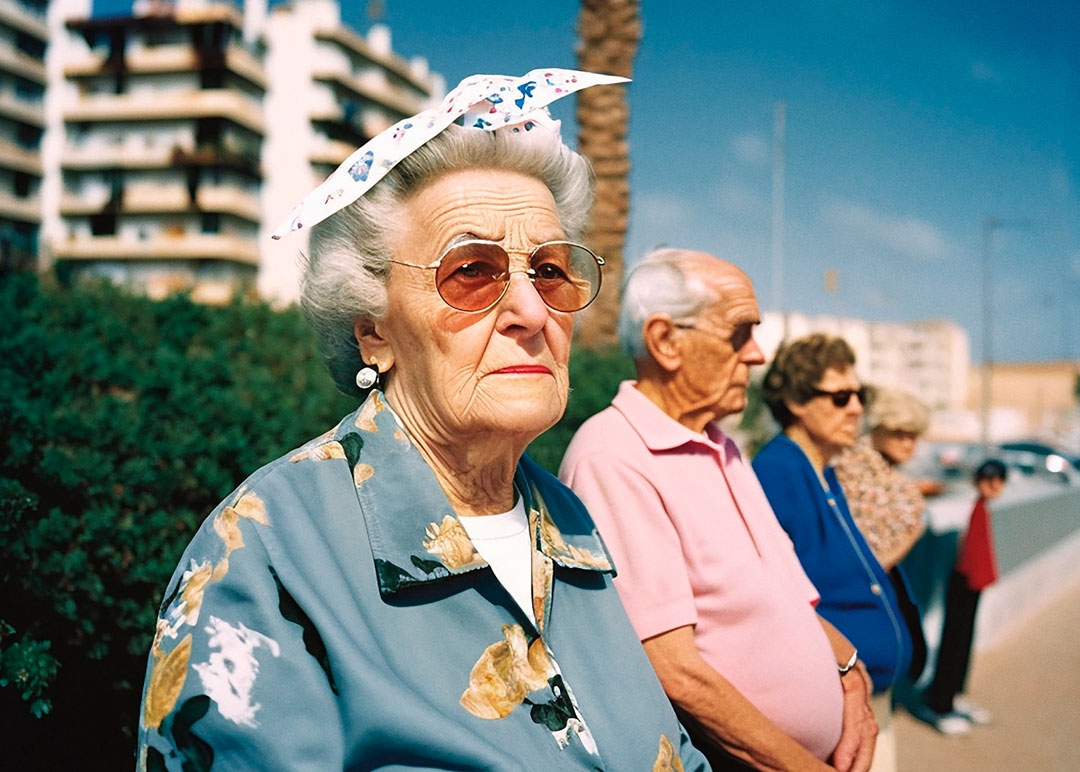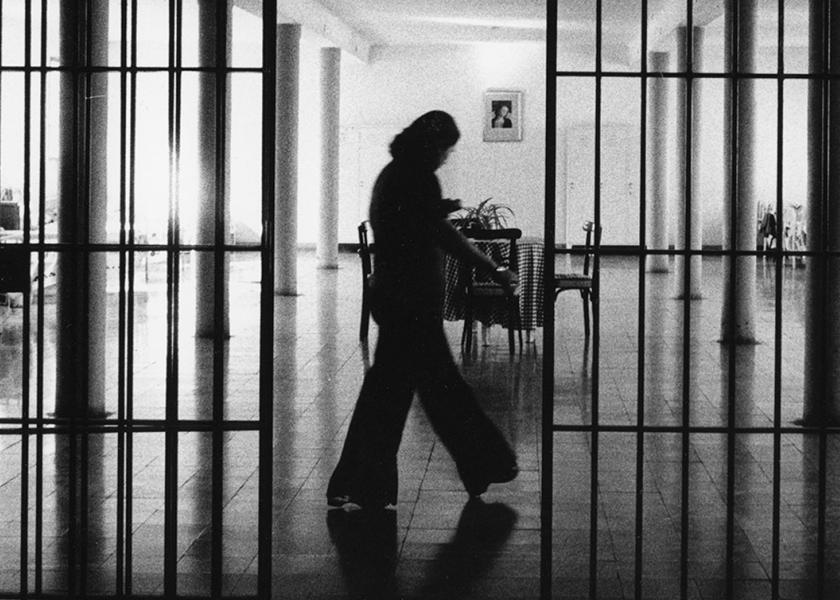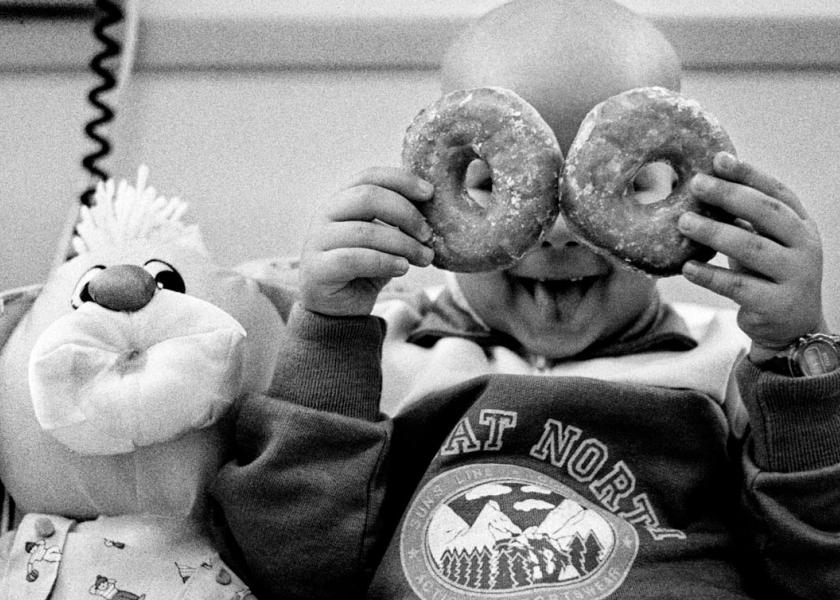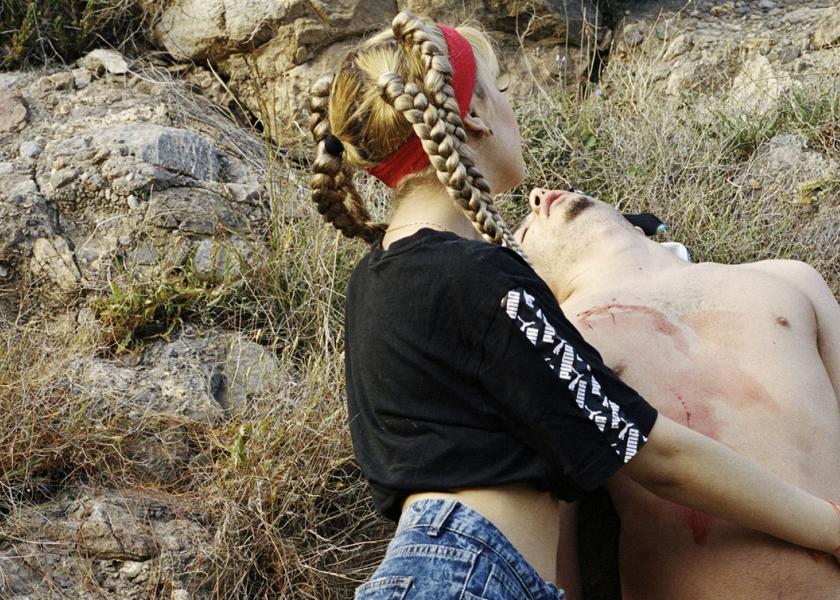Lala Serrano
Slow photography
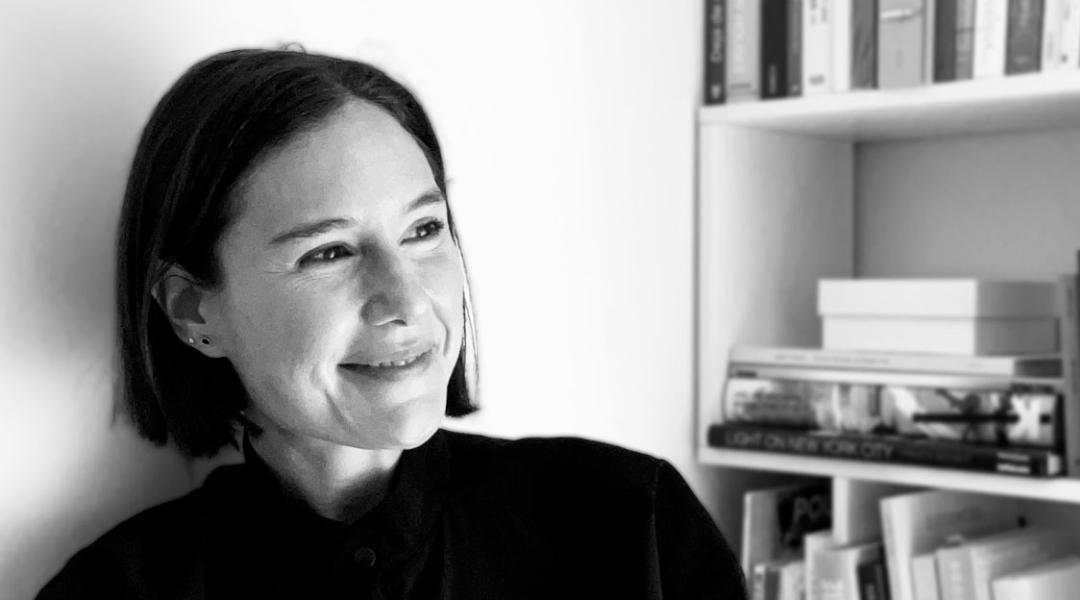
Time, such a valuable and rare resource in today’s world, is what Lala Serrano dedicates to her photography. Her analogue camera captures moments that she doesn’t look for, but that find her, extracting beauty and poetry. But she doesn’t settle. This year, in a moment of bravery that she now associates with talent, she conquered her fear and presented the exhibit "/imagine prompt Alhaja" with Artificial Intelligence.
Recently, Lala Serrano (Madrid, 1985) found an undeveloped roll of film in a box at her parents’ house. After developing it, a word that takes on a double meaning, she not only discovered a series of images taken by herself practically as a child, but also how her relationship with photography was ever present. “It has been a gratifying discovery,” she admits. Lala is a photographer who takes risks with framing, although that forces her to place her camera —and herself— in impossible situations, something that was already latent in those unpublished photos: “I even have a selfie from a time when the term didn’t even exist; it consisted of taking the camera, turning it around and pointing the lens towards you. My arms are in it, obviously,” she winks. Today, analogue photography is her life, and she spends the time it requires on it. A way of working that awakens her emotions and counters this fast-paced world.
Do you remember the first time you had a camera in your hands?
I can’t remember the exact moment, but I do remember that era. I was between childhood and adolescence, and there were several cameras at home that I inherited from my siblings. I recently went back to my parents’ house and, looking through my things, I found an undeveloped roll of film. What was on that film transported me to that era, they were photos of my school, my friends and teachers. It has reminded me of how my relationship with photography was born.
And now, what do you look for each time you look through your lens?
I look for poetry in the mundane, in a light or reflection. My intention is to somehow document my day-to-day life and it’s fascinating how the moment finds me instead of me actively seeking it. That is, I don’t go looking for a photo, rather the photo finds me, and I simply capture it. It’s a magical confluence between the moment, light and my own perspective; one of my goals is to capture that fleeting beauty.
“It’s fascinating how the moment finds me instead of me actively seeking it”
Even your most produced photos convey naturalness. How do you achieve this?
I always look for that spontaneity, that freshness, that naturalness. I even try to make my commercial work reflect my more personal work. When I’m alone with a model, I prefer to capture the moment when they relax and are chatting to someone than when they pose. I look for more natural moments, like spontaneous laughter. We all have a camera face and it’s not when we look our best.
Over time, you’ve developed your own style; what was the process of finding it like?
I believe finding your own style is a long-distance race. I’m still working on it. There are common patterns in all my photos —I’m very analogue and wholeheartedly defend colour, among other things—, but I’d still say that I’m working on my style and experimenting. Before, for example, my North American imagery resonated a lot, and now I’ve let that go a bit. They’re phases and they correspond to how I feel.
You do artistic and fashion photography. Would you say you’ve managed to blend both worlds?
Absolutely. And I’m enjoying that immensely. I believe they are two worlds that nurture each other and add a lot of value. Fashion and its aesthetic provide me with many tools to apply to my more personal work. And vice versa because my personal work has helped me to campaign for many fashion projects. At a fashion production, I always try to give my point of view as an author.
“I believe AI is an ally and I don’t see it as a threat. Poor use by human beings is more threatening that AI itself”
You prefer analogue to digital photography; what’s so special about it?
A feeling, an emotion, dedication. The time you spend on analogue photography is slower. And then there’s the sound, the click. In fact, smartphones imitate that noise when you take photos with the sound on, but it’s not the same.
Your photos seem vintage and, at the same time firmly modern. Is this deliberate?
Now it seems that analogue things are modern again because they have reached a wider audience. In fact, they have become so popular that we professional photographers had a problem at the end of last year because we ran out of film rolls. That’s why that vintage look is also infused with modernity. I also think that the framing I do is very contemporary because I try to look for the flip side of the photo, framing that counters convention.
On the 22nd of June you took part in a round table organised by Iberia and PHotoEspaña where you addressed the impact of Artificial Intelligence on different artistic fields. Do you see AI as a threat or an ally?
I believe AI is an ally and I don’t see it as a threat. Poor use by human beings is more threatening that AI itself. Even though we want to see it as something independent from human beings, it isn’t; the question is who uses it and why.
“I believe talent is sensibility; not only moving people but also allowing yourself to be moved. It’s also creativity, perseverance and courage”
This year you exhibited the series “/imagine prompt Alhaja”, where you used AI. Why did you embark on such a project?
Being so analogue, imagine what it was like for me working with AI, the polar opposite to my DNA. For this reason, when I was approached about the project, I said: “Sorry, this isn’t my thing because there’s no photographic process.” As human beings, we’re always afraid of the unknown and facing that fear was what finally led me to mess around with AI, I didn’t want to position myself against something that I didn’t know. I started generating images and felt overwhelmed because everything is possible. This is how the series Alhaja was born, featuring old Manchegans —part of my family is from Toledo— and their Manchegan sayings, expressions that belong almost exclusively to the elderly. With this series, I try to convey a positive message: it’s possible for AI to coexist with photography as long as we learn how to use it, but it’s a different technique and it can’t be placed on the same rung.
Finally, what is talent to you?
I believe talent is sensibility; not only moving people but also allowing yourself to be moved. When you get emotional about something, it’s easier to convey it. It’s also creativity, perseverance and something I’ve discovered recently: courage. The other day I read a quote I loved that goes something like this: “They failed out of fear of failure.” We have to be brave and prove what we’re capable of.
